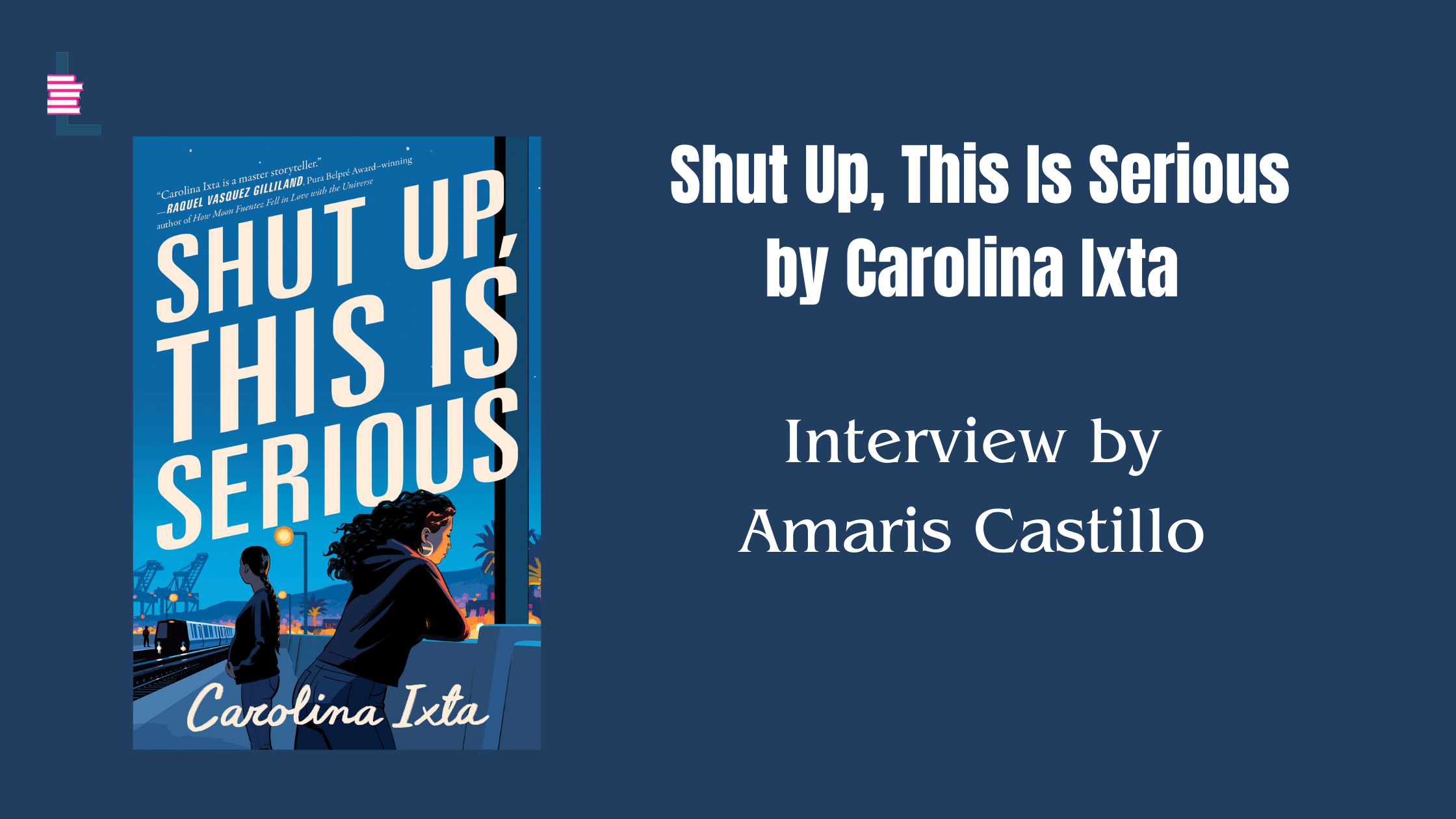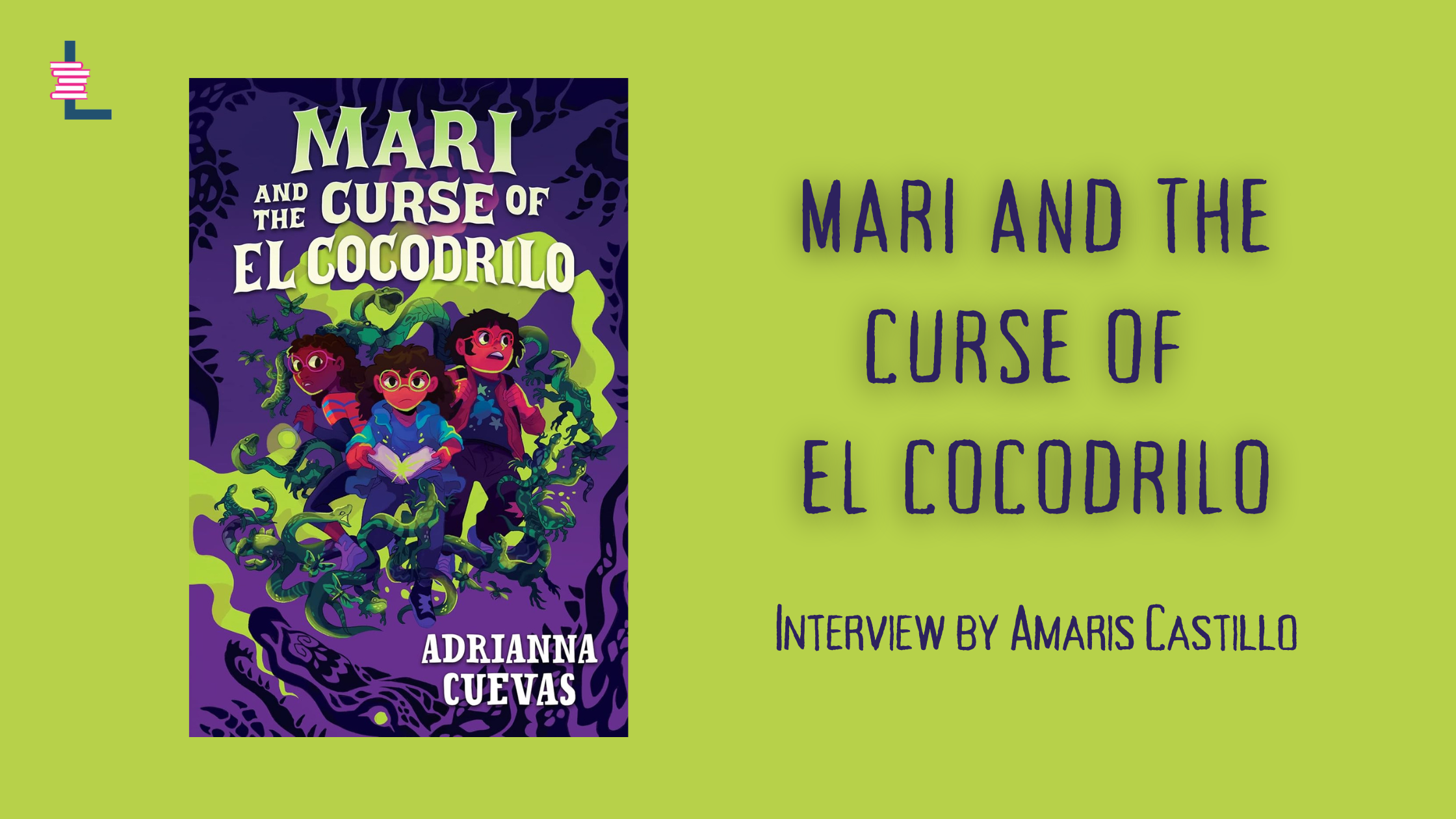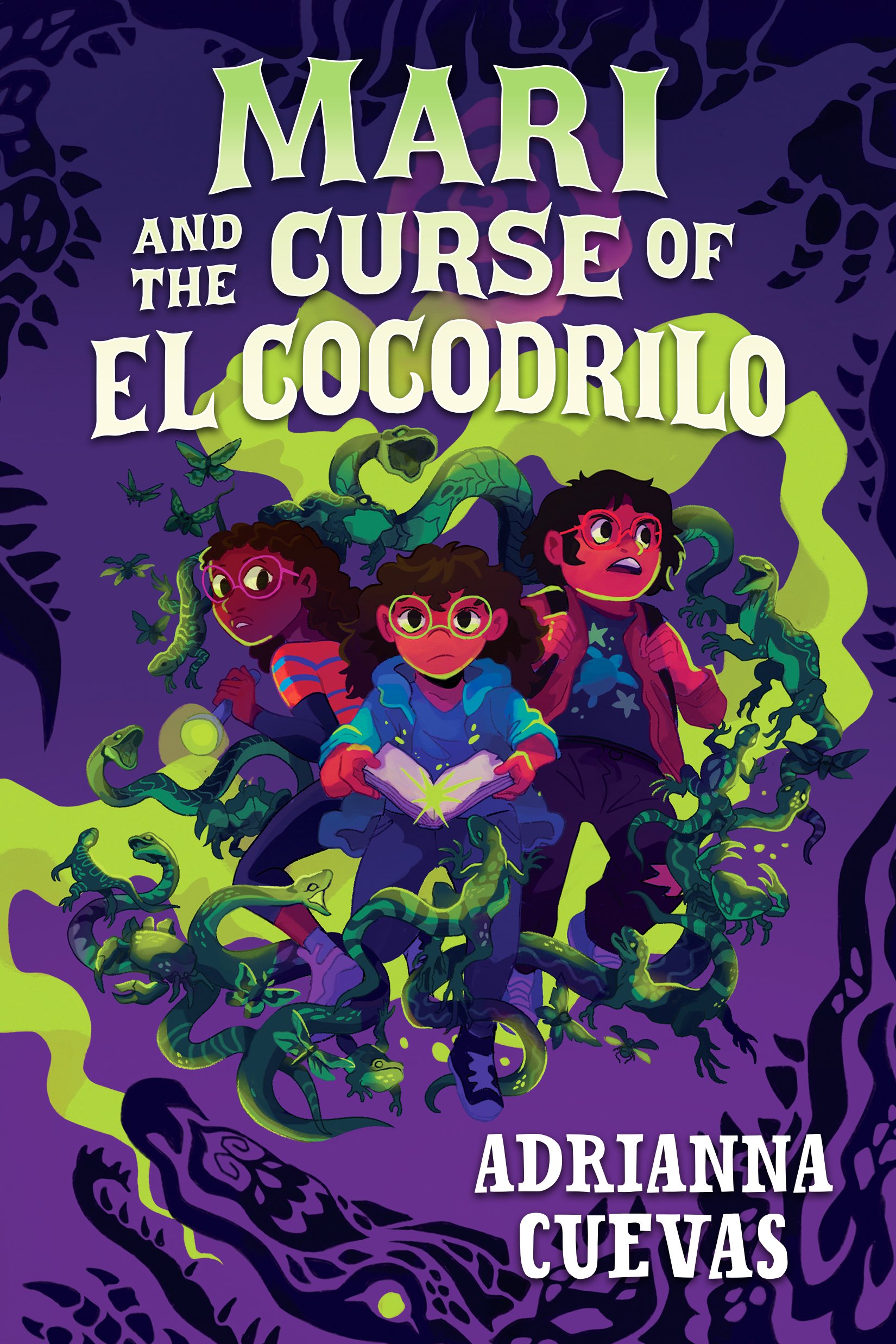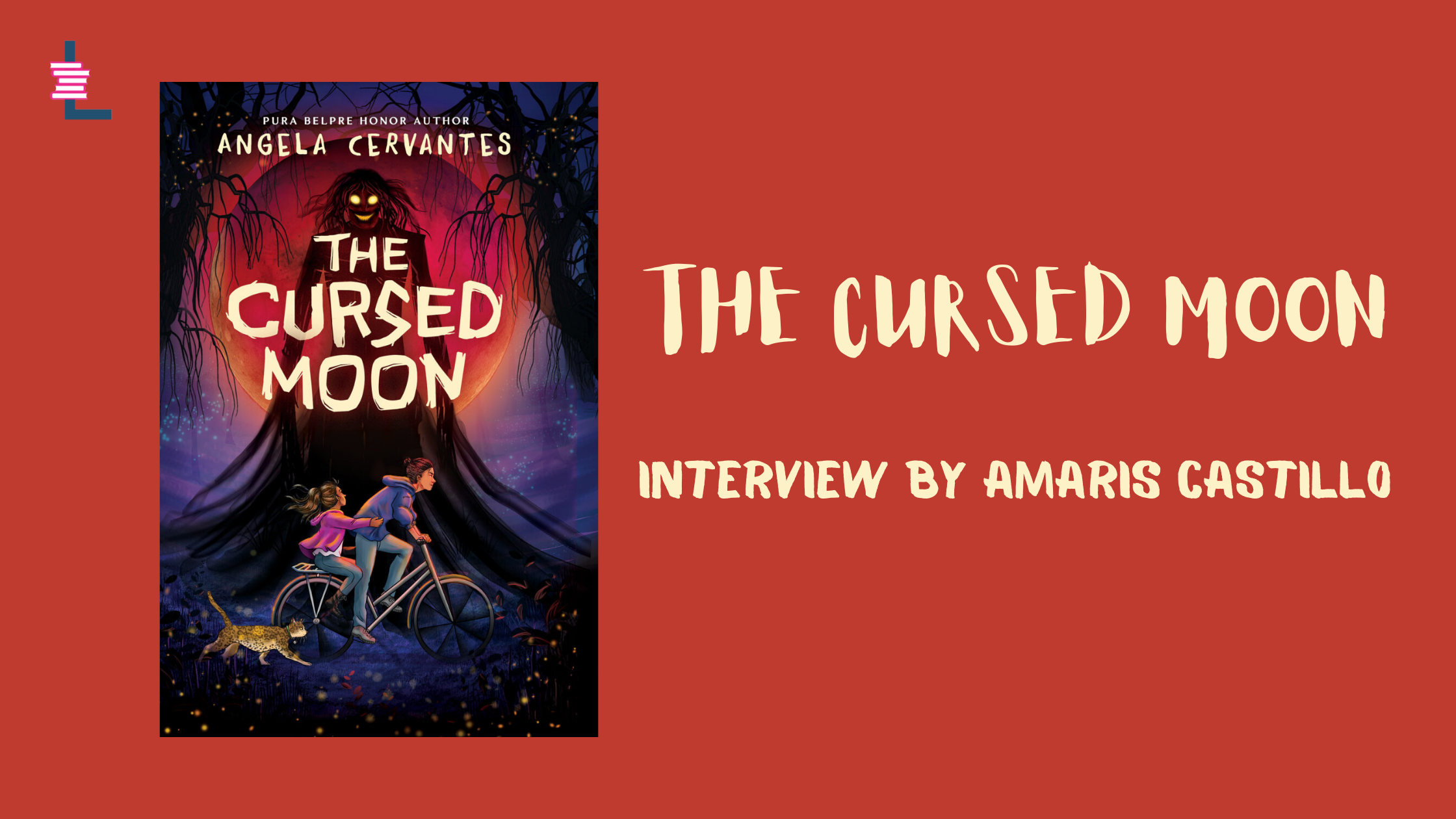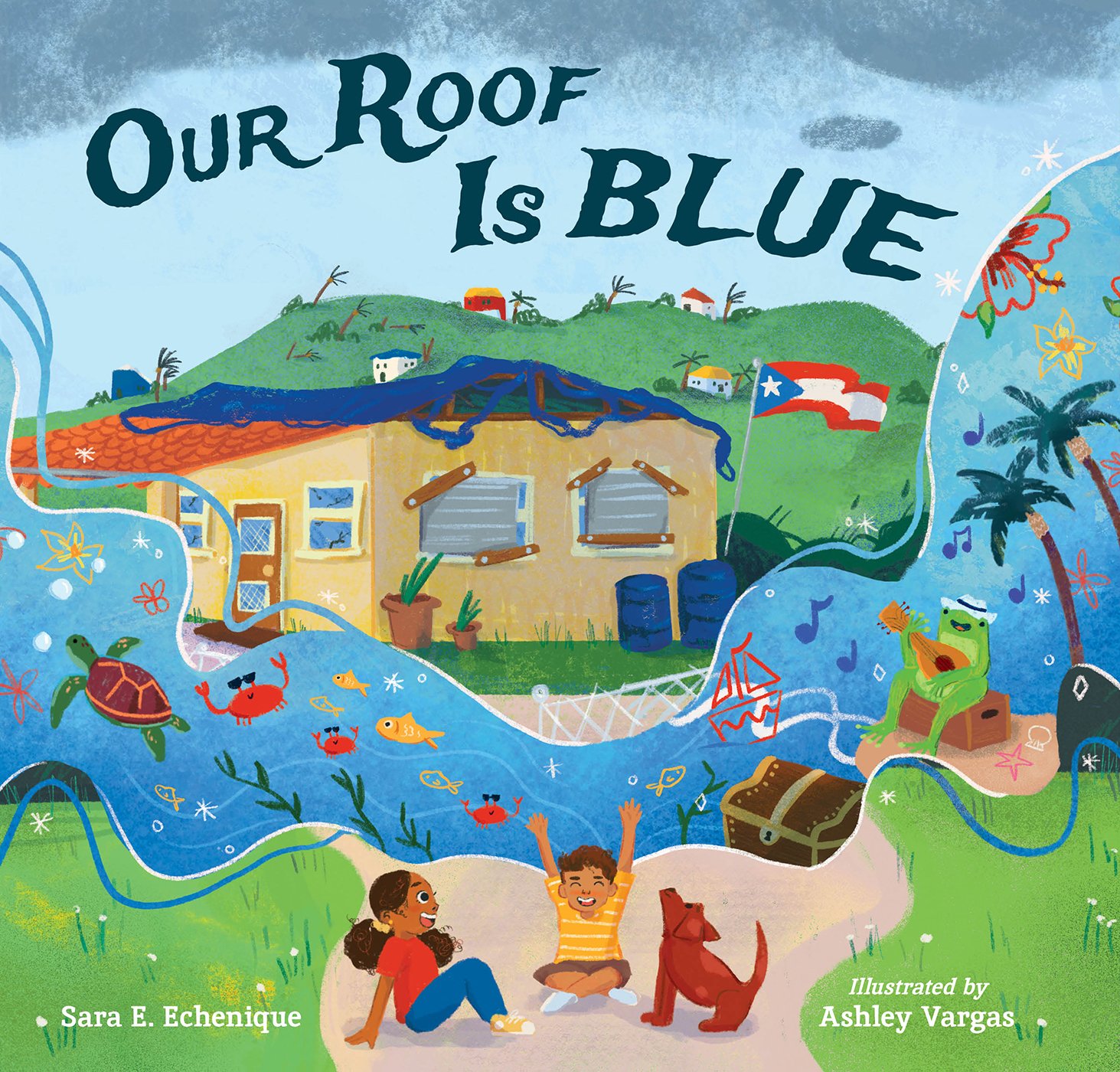One summer day, the scent of buttery vanilla fills Lucía’s family kitchen. Her fingers become coated in cinnamon sugar. Before her are trays of churros.
“Mamá’s work begins before the sun is up,” the girl narrates. “Each churro is made with love and destined for a hungry belly.”
Lucía’s mother stands in front of the stove, cradling a large pot of the pastry dough. A half-dozen churros sizzle in a pan.
Soon, it’s time to head out into the streets of New York City. Lucía, her brother Santiago, and Mamá are hoping to sell churros today.
From award-winning author-illustrator duo Karina N. González and Krystal Quiles comes Churro Stand, a heartwarming picture book that celebrates working-class families, community, and love. Out on April 16 from Cameron Kids, the book follows Lucía as she helps her mother try to support their family. There’s a gentle reminder here, too, about the role children of working-class parents sometimes have to play in order to push ahead. El Carrito de Churros – a Spanish version of the book – will be published simultaneously.
González – a bilingual speech-language pathologist in Brooklyn – was partly inspired to write Churro Stand after seeing a mother selling the sugar-coated fried dough inside a subway station. The woman had her daughter with her. “That reminded me of my mom and me, and how I would always accompany my mother to work. And how I’d complain or try to rush her,” González told Latinx in Publishing. “As children, we don’t understand all the sacrifices that our parents make for us.”
Lucía’s admiration for her mother shines in Churro Stand – thanks to González’s text full of childlike wonder. And Quiles brings forth a visual snack for readers, layering painted textures and multiple drawing mediums to capture the spirit of summertime fun and the beauty of community.
Churro Stand is the second book González and Quiles will publish together. Their first, The Coquíes Still Sing, was published by Roaring Brook Press in August 2023 and received a Pura Belpré Youth Author and Illustrator Honor.
Ahead of the release of Churro Stand, González spoke with me about depicting a street vendor in a children’s book, working with Quiles again, and more.
This interview has been edited for clarity and brevity.
Amaris Castillo (AC): Congratulations on Churro Stand. What inspired this story?
Karina N. González (KNG): I love getting asked this question about this book because I feel like ultimately everything I write has an underlying social message and a political message, even. In a mayor’s race in New York City several years ago, there was a certain mayoral candidate who went on a tirade against street vendors – particularly food vendors – and how they were taking away business from brick-and-mortar shops. They even specifically mentioned the women who sell churros in the subway stations in New York City, or on the sidewalks. At that time, I’d been seeing videos of NYPD confiscating street vendors’ food, taking away their carts, or giving them fines. I felt like this was really blown out of proportion, and unfair to these people who come here looking to just make some money. Oftentimes they’re women and they have children. They might be single mothers. And so this whole political climate that was going on in New York City that summer inspired me to think about: Could I possibly write a picture book about this?
In the author’s note, I reference a particular scene when I was coming home from work. I remember seeing a mother selling churros at the Broadway Junction subway station, and she had her daughter next to her. That reminded me of my mom and me, and how I would always accompany my mother to work. And how I’d complain or try to rush her. As children, we don’t understand all the sacrifices that our parents make for us. So all of these different experiences, what I was seeing in the news cycle and with my own eyes, compounded my whole vision and inspired me to write this story.
AC: In your book, Lucía and her brother join their mom as she heads to Manhattan to sell churros. Lucía is a keen observer of her mom’s churro-making and the way she navigates her work. What was it like to write about a street vendor through a child’s eyes?
KNG: I found it really fun, actually, because I work with children. I’m a bilingual speech-language pathologist at an elementary and middle school in Brooklyn, New York. I have students who have parents who work in hospitality, or who deliver food, or who are food vendors or street vendors. And so I often hear their stories, and their stories inspire mine. Writing this story from Lucía’s perspective also felt very personal for me. As children of working-class parents, we often get roped into our parents’ jobs without really realizing it. I wanted to show the reality that a lot of children experience throughout this nation, and even throughout the world. She comes along with mom on her workday, and she’s actively engaging to help Mami’s business succeed, and thereby helping the family as a whole and helping their community. I felt that very much when I was growing up. I’d help my mom all the time at work.
That feeling of children helping their parents, and all the wonder that they have in their eyes for their parents and all the sacrifices they make, you can kind of see that in Lucía when she interacts with her mom and how she views simple tasks that her mom does. Like how her mom waving the ladle while making the churros reminds Lucía of a magic wand.
“The heart of the story is the message of the working-class people and the magical heroism of working parents, grandparents, and guardians. I just want to make sure that we acknowledge all the sacrifices that working-class parents go through, and I think this book gave me the opportunity to delve into that topic.
”
AC: That was a beautiful line. And I don’t want to spoil anything, but something happens in the book that threatens to jeopardize Lucía’s mom’s earnings. Relatably, in your author’s note you write that many street vendors work in unsavory conditions. What kind of research did you do for this book, and what did you learn about what it’s like to be a street vendor today?
KNG: I definitely did a lot of research. Even if I hadn’t written this book, it’s a topic that I’m very interested in. Like I said, I have my own anecdotal experiences just living in New York City and seeing the harassment that street vendors and food vendors experience. But there’s a lot of media around the harassment that street vendors experience in New York City, and many other cities across the nation. One particular organization that I follow closely is called the Street Vendor Project. They often document the harassment that they (vendors) experience at the hands of local police, or even citizens who come and harass them while they’re just simply selling food.
It was quite a task to go through the research. Although this is a pretty straightforward book and I’m not going into depth about the harassment that they face, it’s kind of implicit in the story. It was part of my intention, although I don’t explicitly state it. The heart of the story is the message of the working-class people and the magical heroism of working parents, grandparents, and guardians. I just want to make sure that we acknowledge all the sacrifices that working-class parents go through, and I think this book gave me the opportunity to delve into that topic.
AC: For Churro Stand you teamed up again with illustrator Krystal Quiles. What was it like to work with her again?
KNG: It’s a blast. Krystal is so talented. When The Coquíes Still Sing came out and we wrapped it up, we had our first book signing at Books of Wonder near Union Square. After we signed our books, we walked around the corner and found a local tapas bar. We noticed that they sold churros. And we thought, Wow, this is so serendipitous. So later that day and several months later, we would take trips to Union Square and she would sketch. I would accompany her and just watch her sketch and admire her. She was looking for inspiration and getting ideas. We would talk about the book.
All I told Krystal was that I was thinking of a pastel palette. The Coquíes Still Sing was very vibrant, very lush, because Puerto Rico is tropical. We both had an idea of the palette, but all I said to her was that I was thinking of pastel colors. She said that she agreed, and she was thinking exactly the same thing. And voilà! This book is a dessert dreamland – colors that remind you of summertime, of desserts. And so it was a blast working with her again and seeing her work her magic.
AC: What are you hoping readers take away from Churro Stand?
KNG: The core of this story is about working-class families. In children’s literature I want to make sure that there are honest depictions of families that exist in this country. That it’s not a one-dimensional depiction of families. That we are honest in that there are children who have parents who work as street vendors, as people who deliver food, and that we make sure that those folks are depicted in a way that shows the dignity of their existence.
Although Lucía is kind of like the main character driving the story, for me I feel like the mom is the main character. She’s the heart of the story. We don’t see too many picture books where the parent is at the core of the story, and I really wanted to make sure that that was part of the book. This sense that mom is this magical heroine in this story, and why is mami the magical heroine? And all the things that mami does to make sure that they’re OK, and that they’re well fed, and that they’re enjoying themselves and that she’s providing for them. All of that was part of the story-making process. I’d like, at the end of the day, for people to really focus on that, and also enjoy Krystal’s amazing illustrations. I’ve read the book so many times, but I’ll find myself at home just flipping through the book. I live in New York City and it’s easy to hate on this city sometimes. But this story, when I look through the images and I think about all the amazing food and amazing cultures of the city, it makes me realize, Wow, this city is really special. I hope that people walk away with the feeling that our cities are really beautiful, and we should appreciate all of the cultures and communities that exist within.
Karina N. González is a bilingual speech-language pathologist at an elementary school in Brooklyn, where she uses storytelling as a tool for language development with her students. She is also the author of The Coquies Still Sing, for which she received a Pura Belpré Author Honor.
Amaris Castillo is an award-winning journalist, writer, and the creator of Bodega Stories, a series featuring real stories from the corner store. Her writing has appeared in La Galería Magazine, Aster(ix) Journal, Spanglish Voces, PALABRITAS, Dominican Moms Be Like… (part of the Dominican Writers Association’s #DWACuenticos chapbook series), and most recently Quislaona: A Dominican Fantasy Anthology and Sana, Sana: Latinx Pain and Radical Visions for Healing and Justice. Her short story, “El Don,” was a prize finalist for the 2022 Elizabeth Nunez Caribbean-American Writers’ Prize by the Brooklyn Caribbean Literary Festival. She is a proud member of Latinx in Publishing’s Writers Mentorship Class of 2023 and lives in Florida with her family and dog.








